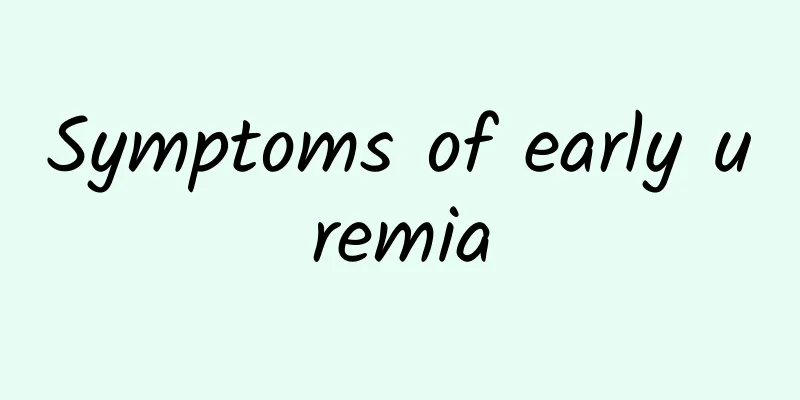Is rhinitis curable?

|
Perhaps only the patients themselves can understand the pain that rhinitis brings to the body. Once rhinitis occurs, it not only affects our breathing, but also easily leads to some complications. Rhinitis will make patients very uncomfortable, so we must find a good way to treat rhinitis. However, the treatment of rhinitis takes a relatively long time, and rhinitis is prone to recurrence during the treatment process. Many patients with rhinitis have basically lost confidence in treating rhinitis because rhinitis is indeed difficult to treat. However, we don’t need to be discouraged. As long as we find a treatment method that suits us, rhinitis is nothing to be afraid of. Rhinitis is an inflammatory disease of the nasal cavity. It is an inflammation of the nasal mucosa caused by viruses, bacteria, allergens, various physical and chemical factors, and certain systemic diseases. The main pathological changes of rhinitis are congestion, swelling, exudation, hyperplasia, atrophy or necrosis of the nasal mucosa. 1. Treatment of the cause Identify systemic and local causes, and promptly treat systemic chronic diseases, sinusitis, adjacent infected lesions, and deviated nasal septum. Improve living and working environment, exercise, and enhance body resistance. 2. Local treatment (1) Intranasal glucocorticoids are the first choice for chronic rhinitis, with good anti-inflammatory effects and ultimately a decongestive effect. It can be used for a longer period of time as needed, with good efficacy and safety. (2) Nasal cleaning: For those with more or thicker nasal secretions, the nasal cavity can be cleaned with normal saline to remove nasal secretions and improve nasal ventilation. (3) Intranasal decongestants Oxymetazoline hydrochloride spray can be used, but continuous application should not exceed 7 days. If you need to continue using it, you need to stop for 3 to 5 days. Long-term use of 0.5% to 1% ephedrine nasal drops can damage the ciliary structure of the nasal mucosa and should be avoided as much as possible. If it is necessary to use it, use it in small amounts intermittently. The use of nasal drops is prohibited because it has been shown to cause drug-induced rhinitis. (4) Other treatments include blockade therapy, acupuncture therapy, etc., which are rarely used. Above we introduced what rhinitis is. We know that rhinitis brings torture to the patient's body. Rhinitis is difficult to treat. Many patients with rhinitis are worried about whether rhinitis can be cured. In fact, as long as we follow the methods introduced above, there is nothing to be afraid of about rhinitis. |
<<: What to do if rhinitis causes headache
>>: Symptoms of facial dermatitis
Recommend
Pain after sex during pregnancy
Sexual intercourse is a mechanical stimulation th...
Why do women discharge white sticky liquid?
The discharge of white, sticky liquid from a woma...
What sleeping position should I take if I have a broken rib?
Some people say that you should sleep on your sid...
What does a uterine smear mainly check?
In recent years, the incidence of cervical cancer...
Early symptoms of AIDS
AIDS is a disease that most patients are worried ...
What suppositories are used for cervical cysts
Many people are not particularly familiar with ce...
Symptoms of Spleen and Stomach Disharmony
The spleen and stomach occupy a very important po...
Does a broken rib hurt?
Rib fractures are very common in life. When a rib...
What to do if you have a thigh cramp? You should know the first aid measures
Many people have experienced leg cramps, which ar...
What are five ways to make your hair grow faster?
If you want your hair to grow faster, you should ...
Why do I feel hot inside but not have a fever?
Many friends never feel cold in their daily lives...
How to take medicine for esophageal reflux disease?
There are many types of modern diseases, among wh...
Can anyone eat Panax notoginseng powder?
Panax notoginseng is a very common Chinese herbal...
Hard skin on feet
Compared to the skin on the hands, people general...
Achyranthes bidentata pictures and effects
The efficacy and effects of Achyranthes bidentata...









